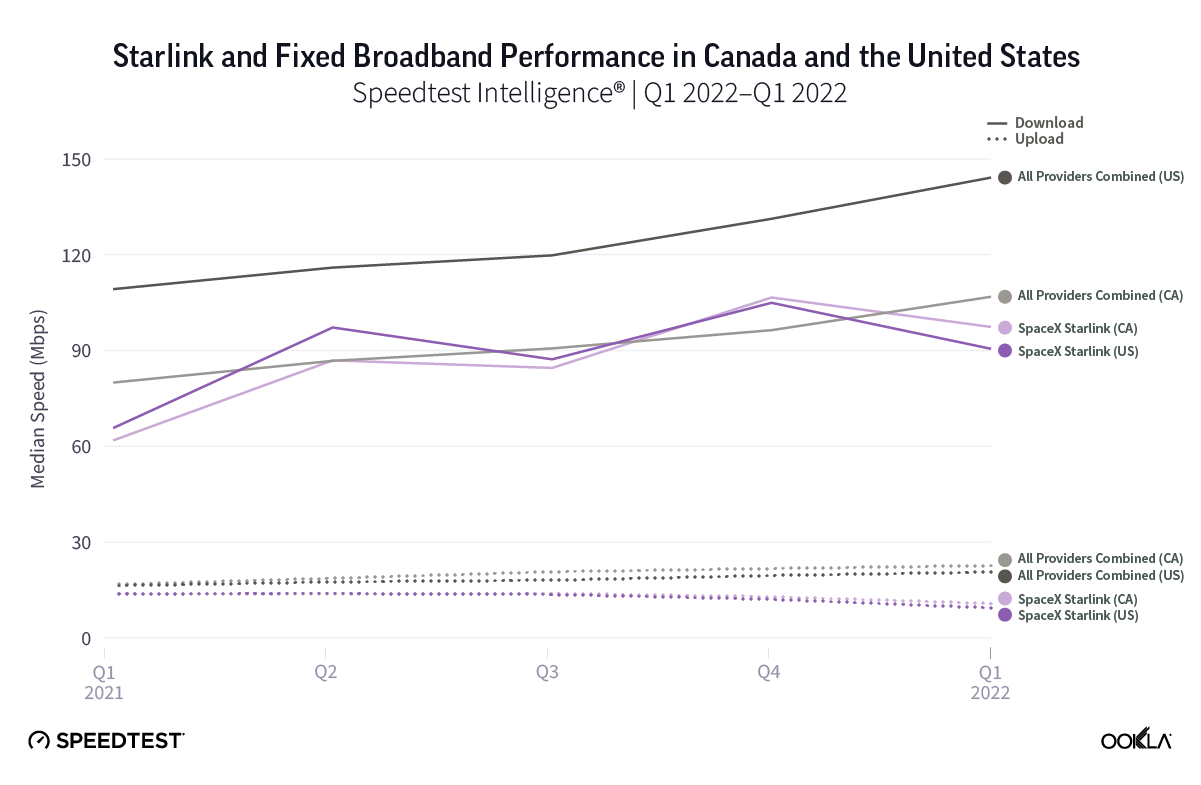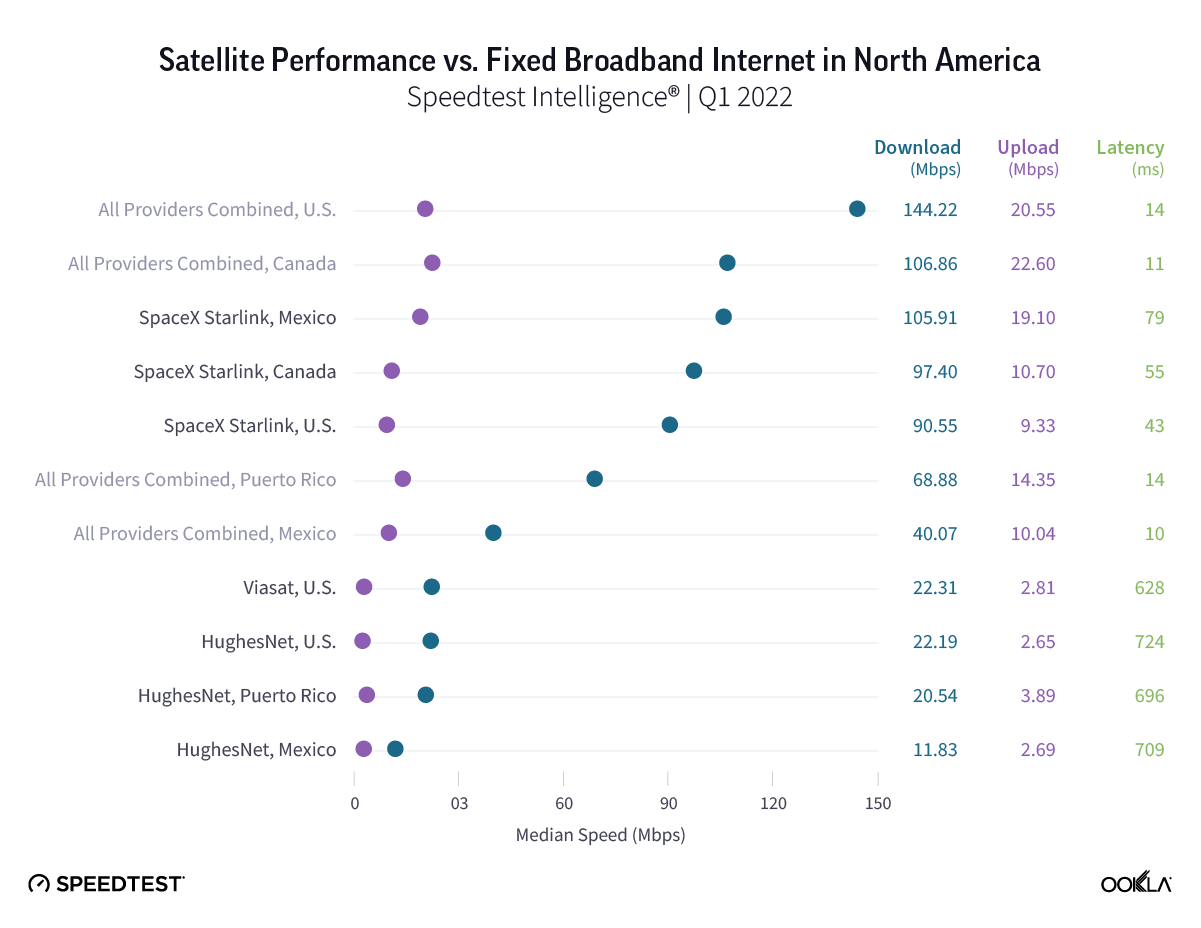Using the internet on a plane is typically an expensive and awful experience, but that could soon change.
Following the launch of Starlink for RVs, Elon Musk-owned SpaceX has revealed Starlink Aviation, a new project that aims to equip airplanes with the company’s Aero Terminal kits starting in 2023.
According to Starlink Aviation’s FAQ page, the service will be available worldwide to planes equipped with an Aero Terminal. The only catch is that the plane needs to have an unobstructed view of the sky. In theory, Starlink’s low-earth satellites should be able to provide internet to passengers when a plane is over water, taxiing or even waiting to take off.
Given most in-flight internet is limited to 100 Mbps (if you’re lucky), Starlink’s far faster 350 Mbps allows users to do more things while on a flight, including playing online games or even making video calls.
With Starlink, passengers will be able to access high-speed, low-latency internet from the moment they walk on their plane → https://t.co/bcn8jvpKgi pic.twitter.com/mDDQou1ZA3
— SpaceX (@SpaceX) October 19, 2022
Starlink has yet to announce what airlines will offer its new Aviation service. It’s likely that since the Terminal kits won’t launch until 2023, it will be a few months before we get a list of airlines that are part of the platform.
That said, Hawaiian Airlines recently announced that it’s deploying Starlink in select aircraft, and Delta has stated that it’s running “exploratory” Starlink tests.
It’s unclear how much Starlink Aviation will cost passengers to use or what the price of Terminals Kits is for airlines.
Image credit: Shutterstock













